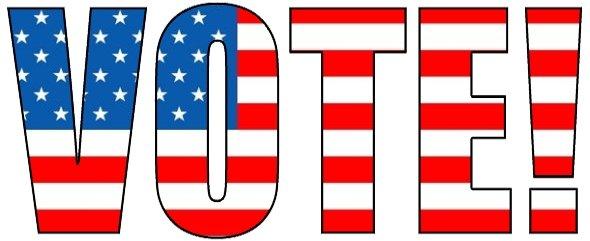
Hierarchy of Documents
Common interest developments have a number of documents controlling the development. Not all documents are created equal--some have more authority than others. As provided for in Civil Code §4205 (effective January 1, 2014) the hierarchy of authority is as follows:
- Law (unless the particular statute defers to governing documents)
- CC&Rs
- Articles of Incorporation
- Bylaws
- Rules & Regulations (The exception is election rules compliant with the Davis Stirling Act contradict provisions in Bylaws or CC&Rs. Election Rule provisions would then supercede those rules of the Bylaws and CC&Rs not compliant with current ordinances.)
Although not specifically covered by the Davis-Stirling Act, a similar hierarchy would apply to elections, recalls, meetings, officers and directors, etc.:
- Law (unless the particular law defers to the bylaws).CC&Rs (to the extent they address corporate issues). Corporate matters should not be found in CC&Rs but older documents sometimes have them. Newer CC&Rs are careful to segregate property obligations and restrictions to the CC&Rs and corporate matters to the Bylaws.
- Articles of Incorporation
- Bylaws
- Election Rules (Election rules adopted pursuant to SB 323 will prevail when in conflict with bylaws and the Corporations Code.)
- Parliamentary Procedures. "Aside from rules of parliamentary procedure and particular rules of an assembly, the actions of any deliberative body are also subject to applicable procedural rules prescribed by local, state, or national law and would be null and void if in violation of such law." (Robert's Rules, 11th ed., pp. 3-4.)

